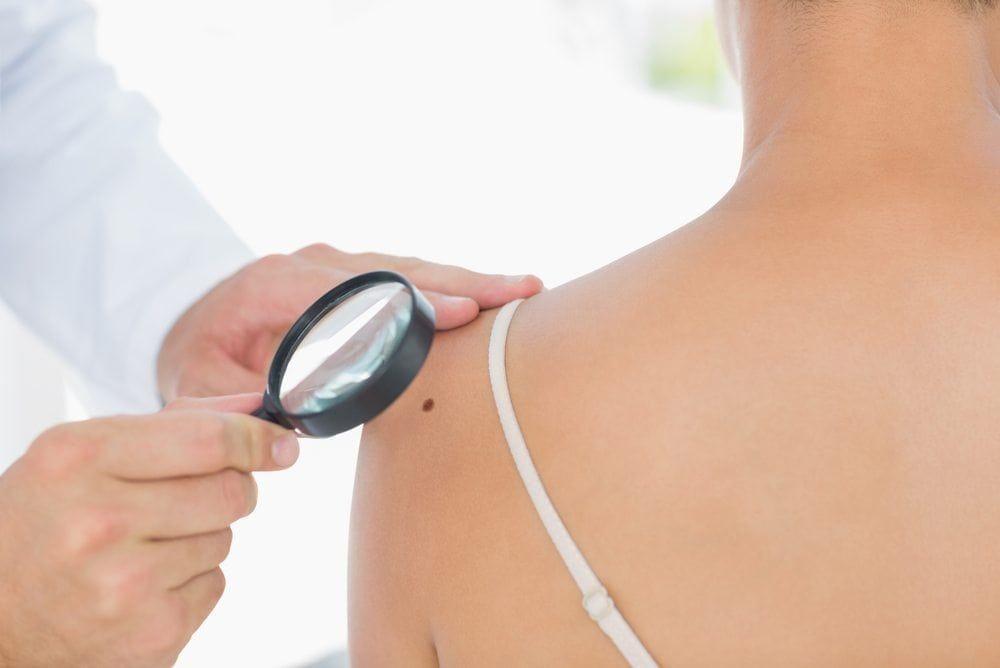
Acne
Teenage acne is common but that doesn’t mean the condition should be ignored. Mostly aggravated by the abrupt arrival of new hormones that stimulate the dormant oil glands, causing plugging of glands followed by redness, swelling, and sometimes even pain. Teenage acne is usually emotionally distressing at a time when self-esteem may be somewhat fragile. Treating acne can not only prevent scarring but also alleviate self-esteem concerns. We offer a large variety of acne treatments for teenagers utilizing a broad range of prescription topical medicines, oral prescription antibiotics, and vitamins, chemical peels, hormonal therapy such as birth control and Isotretinoin (Accutane). When deciding how to treat teenage acne, our providers will assist by evaluating all of the options available and assembling a treatment plan with the teen and parent based on a patient’s individual circumstances. The treatment of teenage acne will often combine different modalities based upon the type and severity of the acne. Acne














